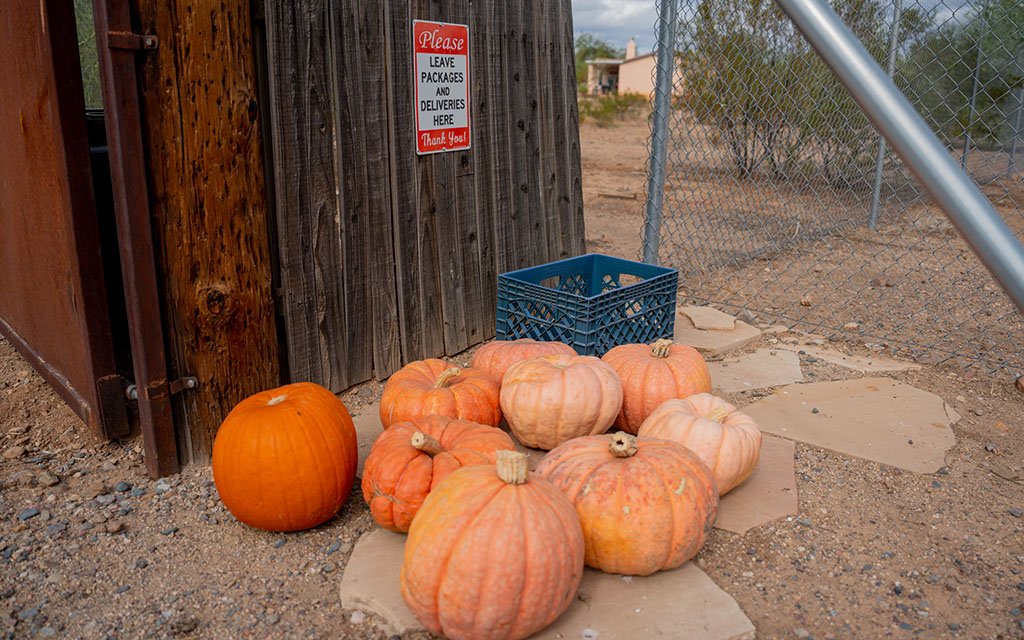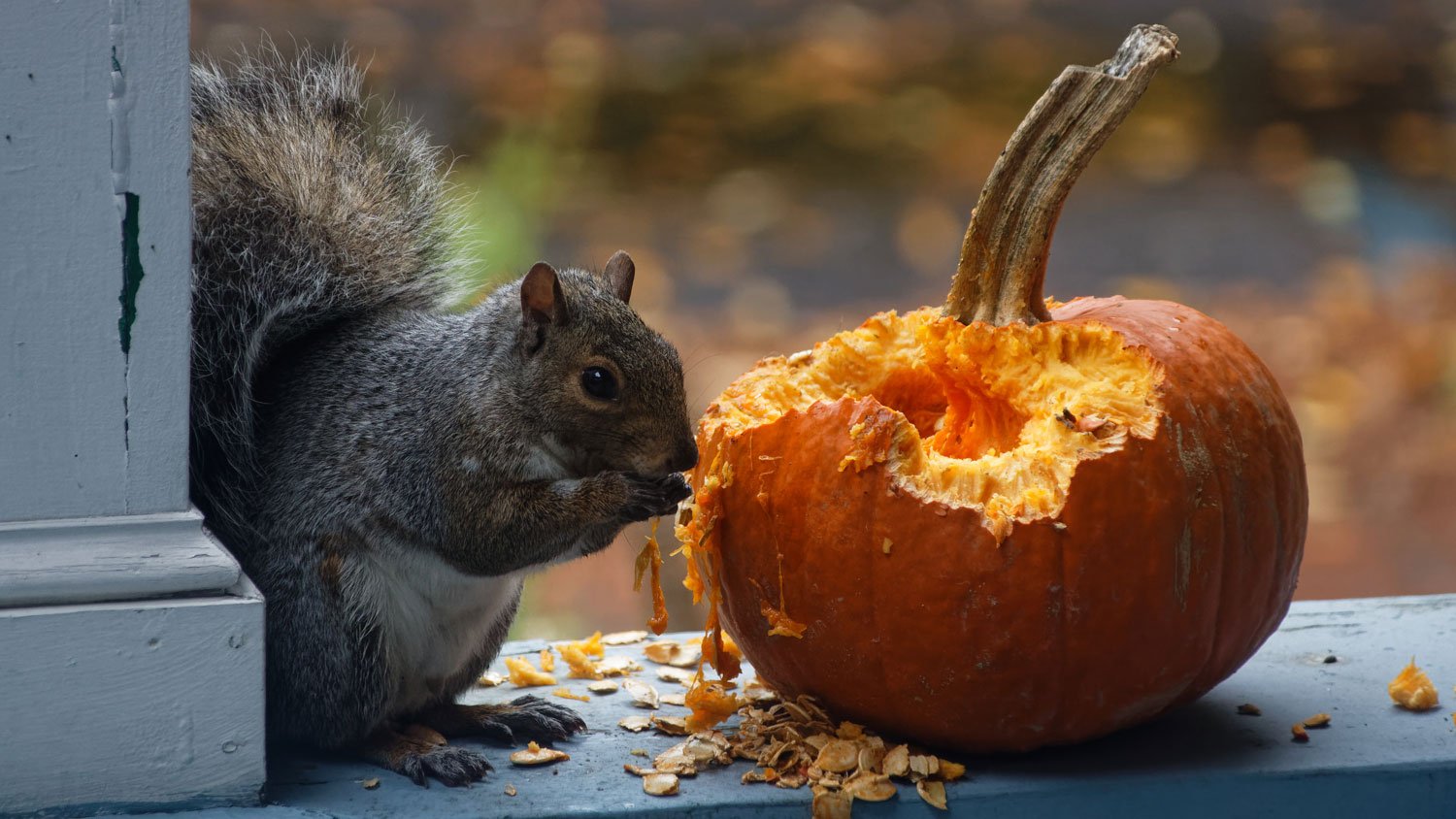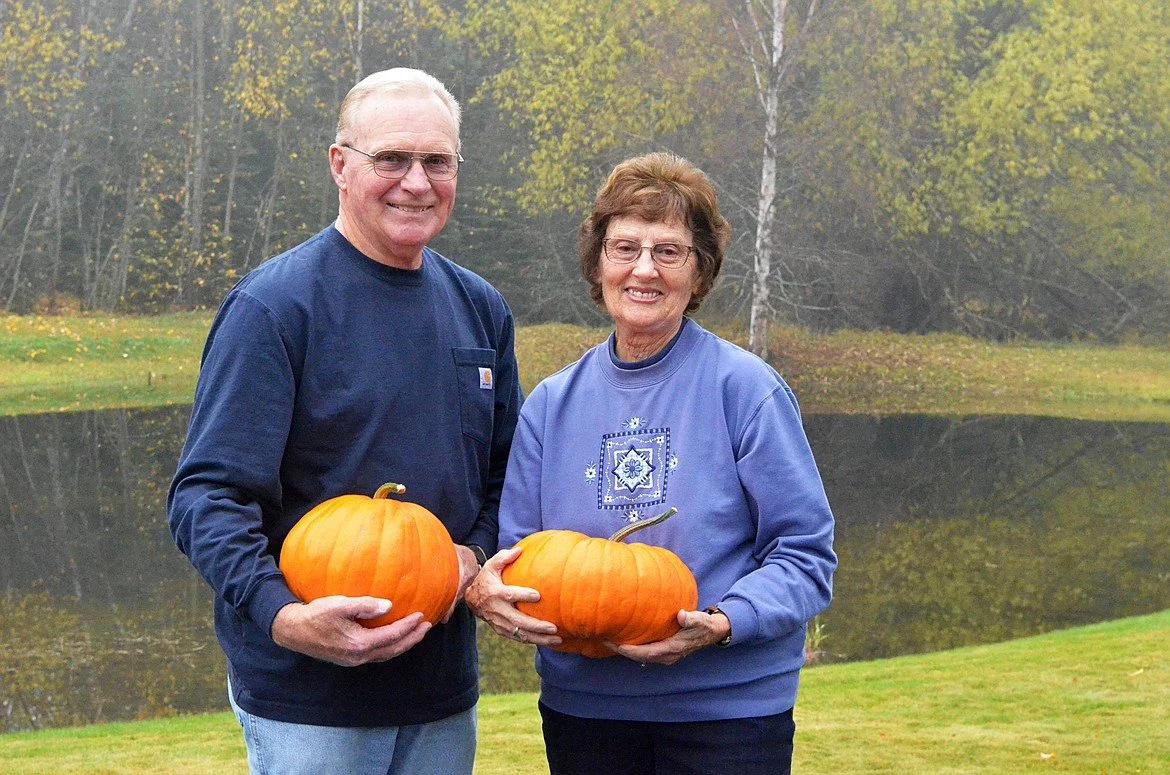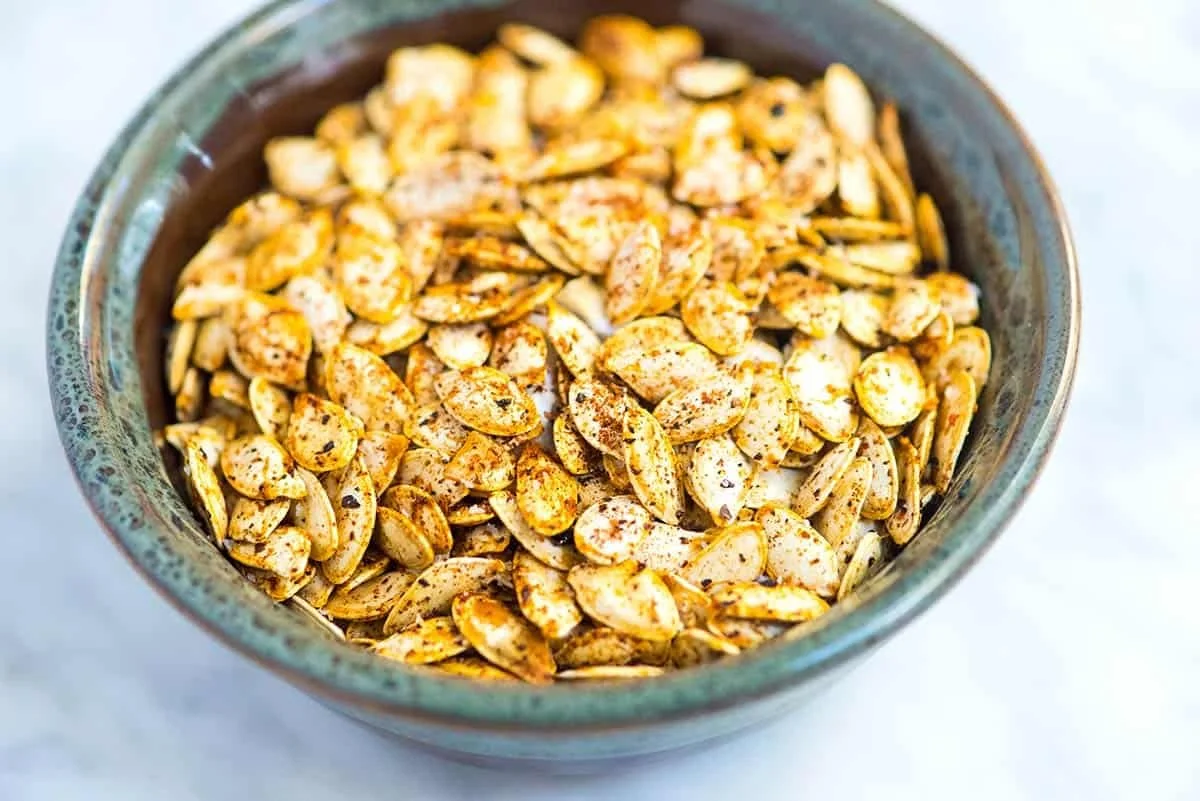Pumpkin Recycling and Composting: Reducing Waste After Halloween
Discover > Texas Home Cooking > Pumpkin Recycling and Composting: Reducing Waste After Halloween
Halloween, with its spooky decorations and creative costumes, is a beloved holiday celebrated by millions around the world. One of the iconic symbols of this festive occasion is the pumpkin. Whether they are carved into jack-o'-lanterns or used as seasonal decorations, pumpkins are a staple of Halloween traditions. However, as Halloween festivities come to an end, many of these pumpkins end up in landfills, contributing to environmental problems. In this article, we'll discuss the environmental impact of pumpkin waste in Texas and explore how recycling and composting pumpkins can help reduce waste in local landfills while promoting sustainable practices.
The Environmental Impact of Pumpkin Waste in Texas
Each year, countless pumpkins are purchased and used for Halloween celebrations. While these vibrant gourds bring joy and creativity to the holiday, they also leave a substantial environmental footprint when improperly disposed of. The environmental impact of pumpkin waste in the Lone Star State includes the following factors:
Methane Emissions
Pumpkins, when left to rot in landfills, generate methane, a potent greenhouse gas. Methane is a major contributor to climate change, and by diverting pumpkins from landfills, we can significantly reduce these emissions.
Landfill Space
Texas, like many states, faces a challenge with overburdened landfills. Diverting pumpkins from landfills is crucial to free up space for more critical waste.
Soil Enrichment
Properly composted pumpkins can be used to enrich Texas soil, promoting healthy plant growth and sustainable agriculture.
Recycling Pumpkins: A Sustainable Approach
Recycling pumpkins is a sustainable alternative to sending them to landfills. Properly recycling pumpkins can help reduce their environmental impact and contribute to the circular economy. Here are some ways to recycle pumpkins with a Texas perspective:
Pumpkin Composting
Composting is one of the most eco-friendly ways to deal with pumpkin waste. Texas is known for its wide-open spaces, making it an ideal location for composting pumpkins. Organic materials like pumpkins break down naturally in a compost pile, transforming into nutrient-rich compost that can be used to enrich soil.
Recycle Old Pumpkins for Wildlife
Texas's varied ecosystems provide an opportunity to recycle pumpkins for local wildlife. Animals such as deer, armadillos, and numerous bird species can benefit from the nutrients in pumpkins, fostering a harmonious coexistence with nature.
While this isn't a recycling method in the traditional sense, it's a way to minimize waste and contribute to local ecosystems.
Donations and Food Banks
In many communities, there are food banks and organizations that accept donations of pumpkins after Halloween. These organizations can use pumpkins to provide food to those in need. Before donating, ensure the pumpkins are clean, free of decorations, and in good condition.
DIY Pumpkin Projects
Repurpose your pumpkins for DIY projects that reflect your Texas pride. Make pumpkin puree for Tex-Mex dishes, craft roasted pumpkin seeds for snacking, or create decorative centerpieces inspired by Texas's diverse landscapes.
Composting Process
Pumpkin composting is an effective way to recycle pumpkins and convert them into nutrient-rich soil for your garden. The composting process involves breaking down organic materials into a valuable soil amendment. Here's a step-by-step guide to pumpkin composting:
1. Preparing the Pumpkin:
- Remove any non-organic materials, such as candles and decorations, from the pumpkin.
- Cut the pumpkin into smaller pieces. Smaller pieces decompose more quickly, so you can use a knife or a cleaver to chop the pumpkin into manageable sections.
2. Compost Bin or Pile:
- Choose a suitable location for your compost bin or pile. It should be well-aerated, receiving partial sunlight.
- Start by layering the bottom of your compost bin with twigs or straw to promote air circulation.
3. Layering the Compost:
- Add the pumpkin pieces to your compost bin or pile. Ensure they are evenly distributed.
- Layer the pumpkin with other compostable materials like leaves, yard waste, kitchen scraps, and green materials (such as grass clippings).
4. Moisture and Aeration:
- Maintain the right moisture level. The compost pile should be as damp as a wrung-out sponge.
- Turn the compost pile regularly (about once a week) to ensure adequate aeration. This helps speed up the decomposition process.
5. Patience and Monitoring:
- Composting takes time, and the speed of decomposition can vary based on environmental conditions. Be patient and monitor the pile's progress.
- The pumpkin will break down over several weeks or months, depending on factors like temperature and the size of the pieces.
6. Harvesting Compost:
- When the compost is dark, crumbly, and has a rich, earthy smell, it's ready for use.
- Harvest the compost by shoveling it out of the bin or pile and use it to amend your garden soil.
Recycling Old Pumpkins for Wildlife
Another eco-friendly approach to recycling old pumpkins is by using them to support local wildlife. Recycling old pumpkins for wildlife in Texas can create a connection with the state's diverse ecosystems.
Many animals enjoy pumpkins as a food source, and by leaving them in an accessible location, you can provide nourishment for these creatures.
Keep an eye on the pumpkins to see which Texas wildlife visit them. Whether it's white-tailed deer, roadrunners, or native birds, celebrate the diverse wildlife of Texas. This can be an educational and rewarding experience for the whole family.
Donating Pumpkins to Food Banks
Many food banks and charitable organizations are open to receiving donations of pumpkins after Halloween. Donating pumpkins to Texas food banks is a way to support those in need while reducing waste. Here's how to donate pumpkins to Texas food banks responsibly:
1. Find a Local Food Bank:
- Research local food banks or organizations that accept pumpkin donations. You can use online resources or contact local community centers for information. Reach out to the chosen food bank to confirm their acceptance of pumpkin donations. Texas food banks often appreciate fresh produce donations to support their efforts.
2. Deliver the Pumpkins:
- Arrange a suitable time to drop off your pumpkins at the food bank. If possible, transport them in sturdy containers to prevent damage during transit.
3. Encourage Others to Donate:
- Encourage friends, neighbors, and community members to join in the effort. Collectively, you can make a significant impact on food banks' pumpkin supplies.
DIY Pumpkin Projects
Before you say goodbye to your Halloween pumpkins, consider repurposing them for various DIY projects. By getting creative, you can extend the life of your pumpkins and reduce waste. Here are some Texas-inspired DIY pumpkin projects:
Tex-Mex Delights:
Transform your pumpkins into homemade pumpkin puree, perfect for making Tex-Mex dishes, soups, or pies. Embrace the Texas culinary heritage by putting this puree to good use.
Roasted Pumpkin Seeds:
Texans love their snacks, and roasted pumpkin seeds (how long do pumpkin seeds last?) make a delicious, locally inspired treat. Clean and season your pumpkin seeds, then roast them to perfection.
Texas Potpourri and Candles:
Get creative by transforming your pumpkins into potpourri holders or candle holders. These can serve as Texas-themed decorations and add a touch of Texan charm to your home.
Aside from creepy carvings, there are many creative ways to make the most of your pumpkin décor. From home accents to tasty autumn treats, these fun DIYs will help you carry on the Halloween spirit far beyond October 31st.
Conclusion
Halloween is a time for fun and creativity, and pumpkins play a significant role in these celebrations. However, it's essential to consider the environmental impact of pumpkin waste and explore sustainable options for their disposal. Recycling and composting pumpkins are not only eco-friendly but also help reduce methane emissions, save landfill space, and provide valuable resources for the soil.
By following the recycling methods discussed in this article, you can play an active role in minimizing pumpkin waste and its environmental impact. Whether you choose to compost, support local wildlife, donate to food banks, or embark on creative DIY projects, your efforts can make a positive difference in reducing waste after Halloween and promoting a more sustainable approach to this beloved holiday tradition. Search online for pumpkin recycling near me to discover local initiatives where you can take your pumpkins for recycling.









